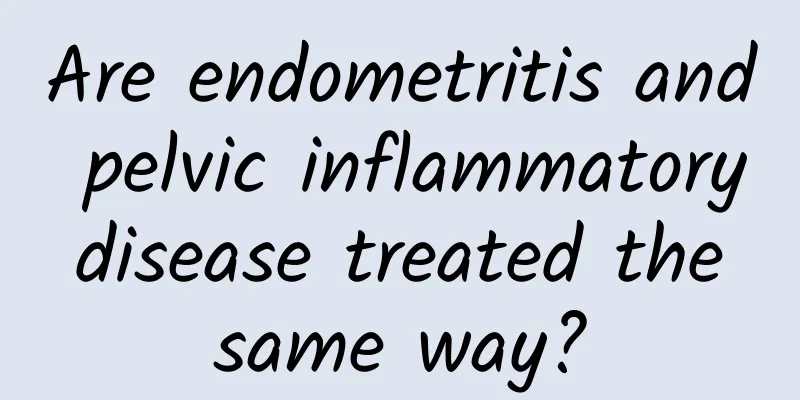Drugs for bacterial vaginosis

|
Bacterial vaginitis can be treated with drugs such as metronidazole, clindamycin, tinidazole, chlortetracycline hydrochloride ointment, and trichostatin. Since bacterial vaginitis usually requires a doctor's diagnosis and guidance on medication, patients are advised to seek medical attention in a timely manner in order to obtain appropriate treatment. 1. Metronidazole Metronidazole is suitable for bacterial vaginitis caused by anaerobic infection, Trichomonas vaginitis, etc. This drug has anti-anaerobic and Trichomonas effects. When taken orally, attention should be paid to dosage control and avoid taking it on an empty stomach to avoid gastrointestinal discomfort. 2. Clindamycin Clindamycin can be used as an alternative treatment option for bacterial vaginitis caused by Gram-positive bacteria and anaerobic bacteria. It exerts its antibacterial effect by inhibiting bacterial protein synthesis. When using it, attention should be paid to liver function monitoring. Long-term use may lead to adverse reactions such as pseudomembranous colitis. 3. Tinidazole Tinidazole can be used for a variety of anaerobic infections and bacterial vaginosis caused by sensitive protozoa. This product mainly has a bactericidal effect by interfering with the bacterial metabolic process. Patients with central nervous system diseases should use this drug with caution to avoid inducing epileptic seizures or other neurotoxic reactions. 4. Chlortetracycline Hydrochloride Ointment Chlortetracycline hydrochloride ointment is an antibiotic for external use, mainly used to treat bacterial skin infections such as folliculitis, furunculosis, etc. This product is only for skin administration, do not contact eyes and other mucous membranes, if burning sensation, redness or swelling occurs, stop taking the drug and consult a doctor 5. Trichostatin Trichostatin is suitable for bacterial vaginitis caused by Gram-positive bacteria with poor drug resistance. This product can specifically bind to the lipopolysaccharide on the bacterial cell wall, causing cell wall defects, thereby achieving the purpose of antibacterial. When using it, be aware of the possibility of allergic reactions. Once discovered, stop taking the drug in time and seek medical treatment. Patients can use the above drugs for treatment under the guidance of a doctor. It is also recommended to maintain personal hygiene and wear breathable and comfortable underwear to reduce bacterial growth. |
<<: What medicine can I take for bacterial vaginosis?
>>: What are the symptoms of bacterial vaginosis
Recommend
Can I induce labor at six months of pregnancy?
Now many people will choose to have surgery as so...
Is vulvar pruritus contagious?
Vulvar pruritus is usually not contagious. Its ma...
Introduce the early symptoms of ectopic pregnancy
I don't know if you know the early symptoms o...
Do these 10 things to lose weight and never gain it back!
1. Evenly distribute the three meals, with breakf...
The dangers of amenorrhea at an older age
Amenorrhea is a natural physiological phenomenon ...
What is the treatment for polycystic ovary?
When a woman has polycystic ovary syndrome, multi...
How to avoid uterine fibroids
How to avoid the attack of uterine fibroids? The ...
What to do about edema-type obesity? Drink Poria cocos, tangerine peel and coix seed tea to lose weight
As autumn approaches, people feel lazy and don’t ...
Long-term infertility in women may be caused by symptoms of uterine fibroids!
If you have lower abdominal pain, this may be a s...
8 tips for sedentary office workers to move and lose weight effectively
[Key Points]: How do office workers lose weight? ...
How to treat pelvic effusion
How is pelvic effusion treated? Pelvic effusion i...
What are the treatments for pelvic peritonitis?
The key to the treatment of pelvic peritonitis is...
What are the most accurate methods for diagnosing vulvar leukoplakia?
The incidence of vulvar leukoplakia is very high ...
How to cure cervical warts
There are many ways to treat cervical warts, main...
Can I have a normal birth with endometrial tuberculosis?
Some women have endometrial tuberculosis, but hav...









